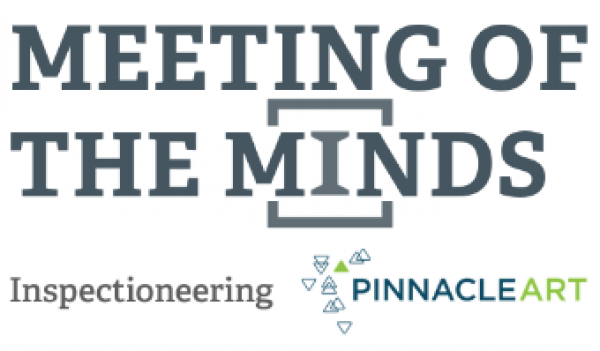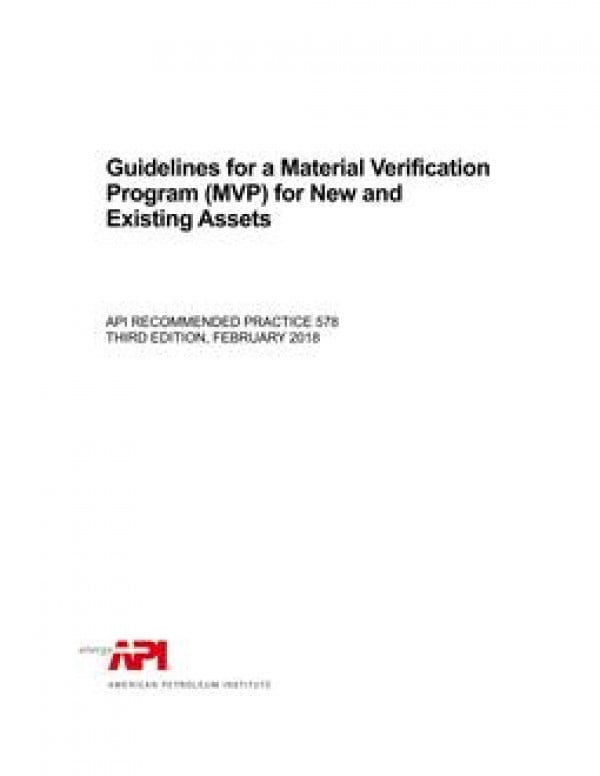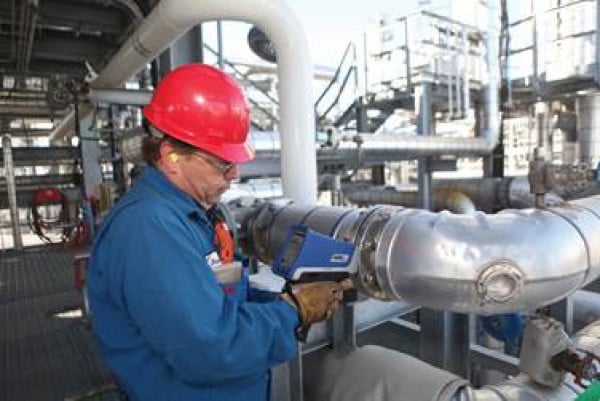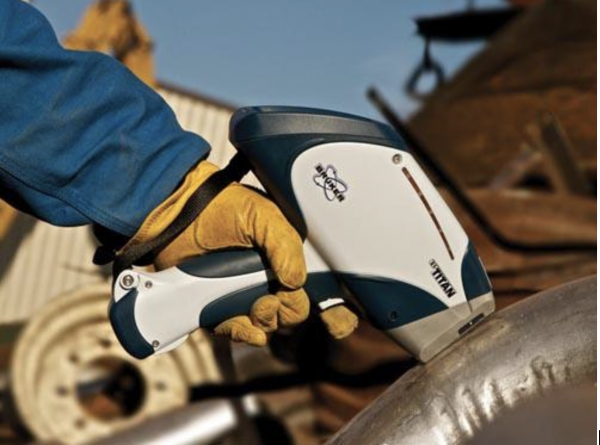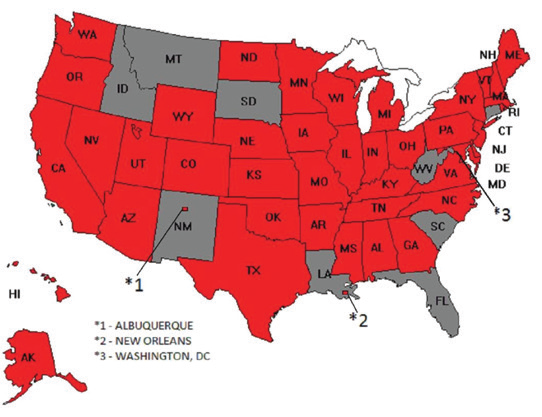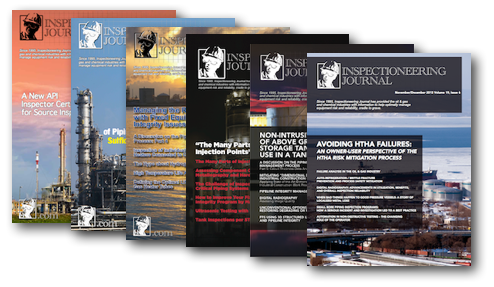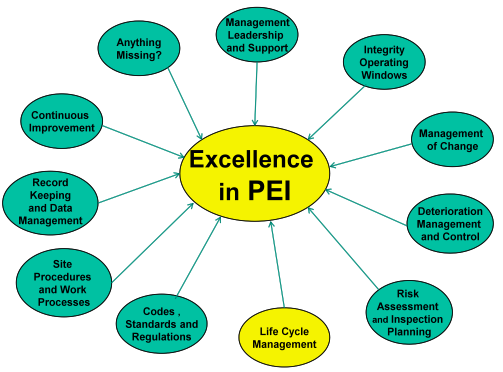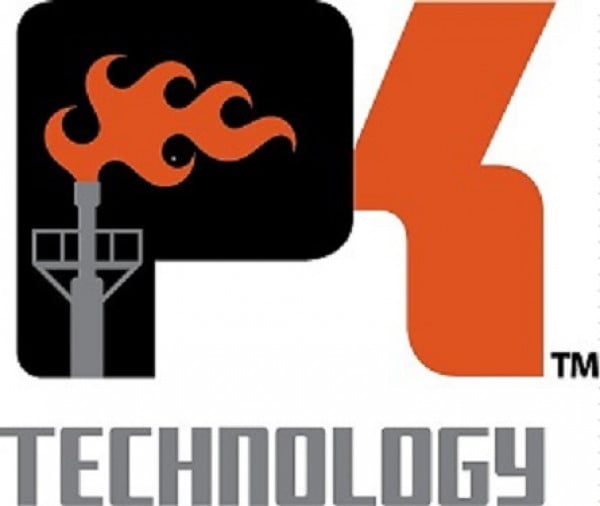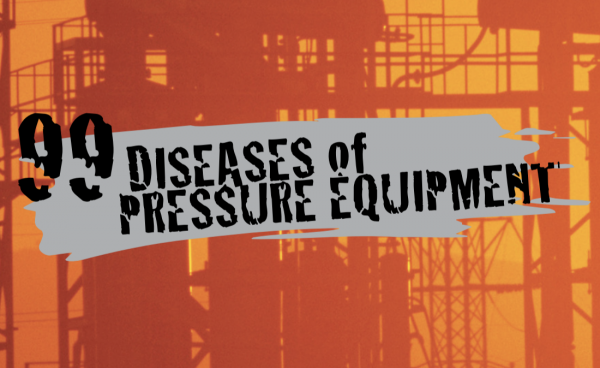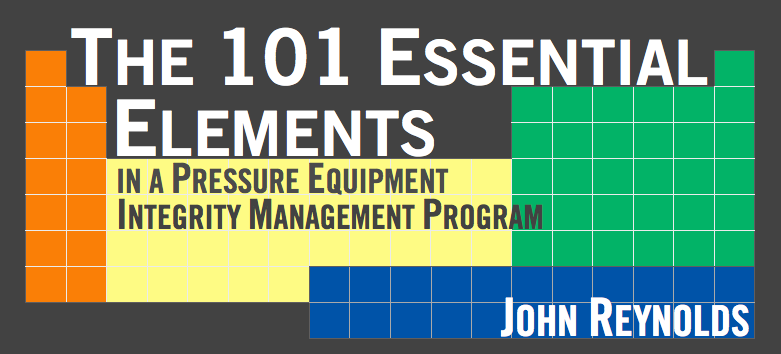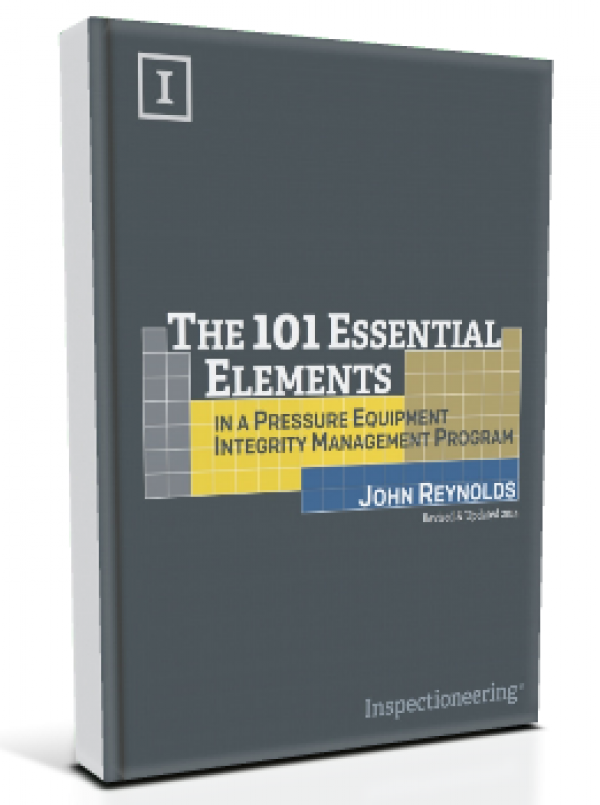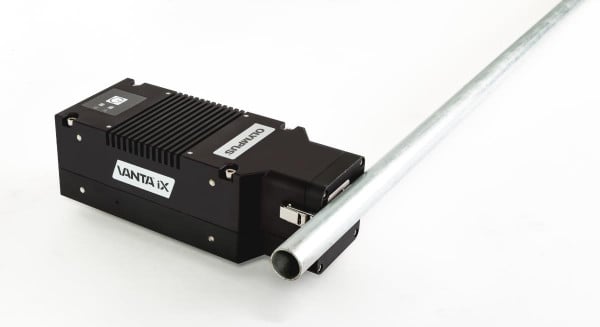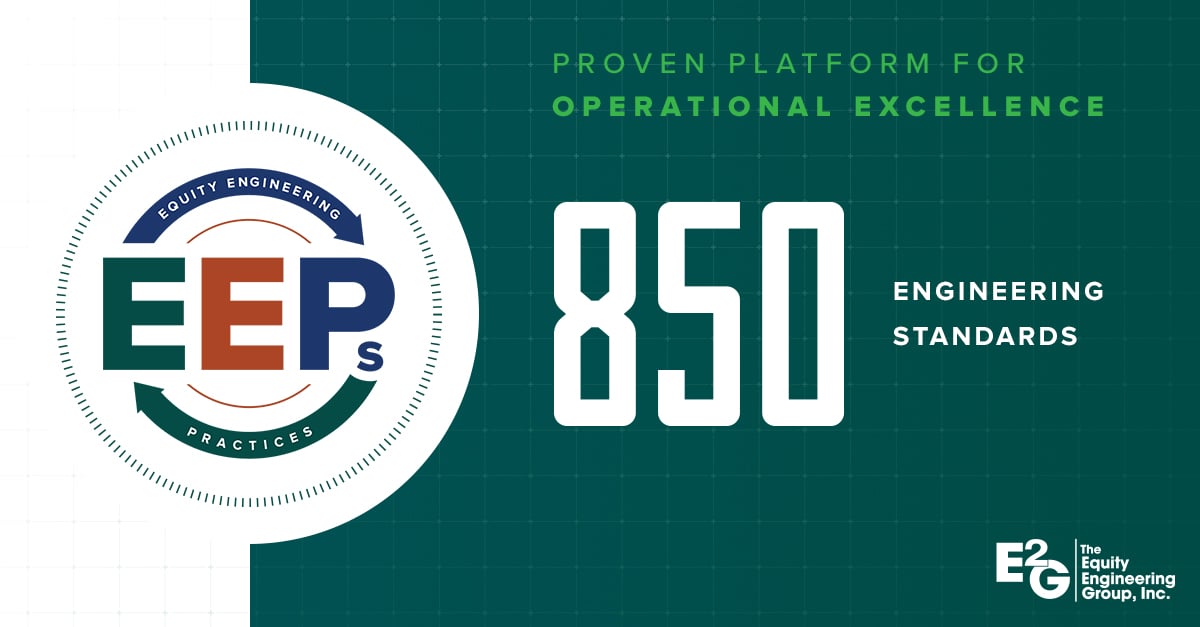Positive Material Identification (PMI) is a term that refers to the analysis and identification of materials through various nondestructive methods. PMI is able to determine the alloy composition of materials, and is a well-established technique that can either be performed in the field using handheld devices or in a laboratory.
PMI is an effective tool in situations where, for whatever reason, the material certificate for a component has been misplaced, destroyed, or is otherwise missing. It is important to ensure that the material used in construction is as required by the design, so PMI is usually done after construction has been completed. It can be used in any situation where there is uncertainty about the material composition of a component.
There are several nondestructive examination (NDE) methods that can be used for PMI. Two of the more popular are X-Ray Fluorescence (XRF) and Optical Emission Spectroscopy (OES).
XRF works by exposing the material to be tested to an X-ray, causing the material to emit its own secondary X-rays in response. The levels of X-rays emitted by any particular material are always consistent based on the composition of that material. Thus by analyzing the secondary X-rays it is possible to determine the chemical composition of any unknown material. However, it should be noted that XRF cannot distinguish between material grades in certain elements such as carbon and silicon, among others.
OES works by exposing the material to an electrical spark and an electrode, often in an atmosphere of Argon. This spark works in a similar way to the X-rays in that it forces the material to emit light, which will differ in color and intensity based on the material that it is emitted from. It tends to offer a more complete view than XRF, and is the only method that can distinguish between levels of carbon in a material. While OES is considered a nondestructive method, it requires grinding the material for surface preparation and the process does cause slight burning on the surface as well.
Related Topics
- Cathodic Protection
- Coatings
- Condition Monitoring Locations (CMLs)
- Corrosion Control Documents (CCDs)
- Damage Mechanisms
Relevant Links
Topic Tools
Share this Topic
Contribute to Definition
We welcome updates to this Integripedia definition from the Inspectioneering community. Click the link below to submit any recommended changes for Inspectioneering's team of editors to review.
Contribute to Definition


